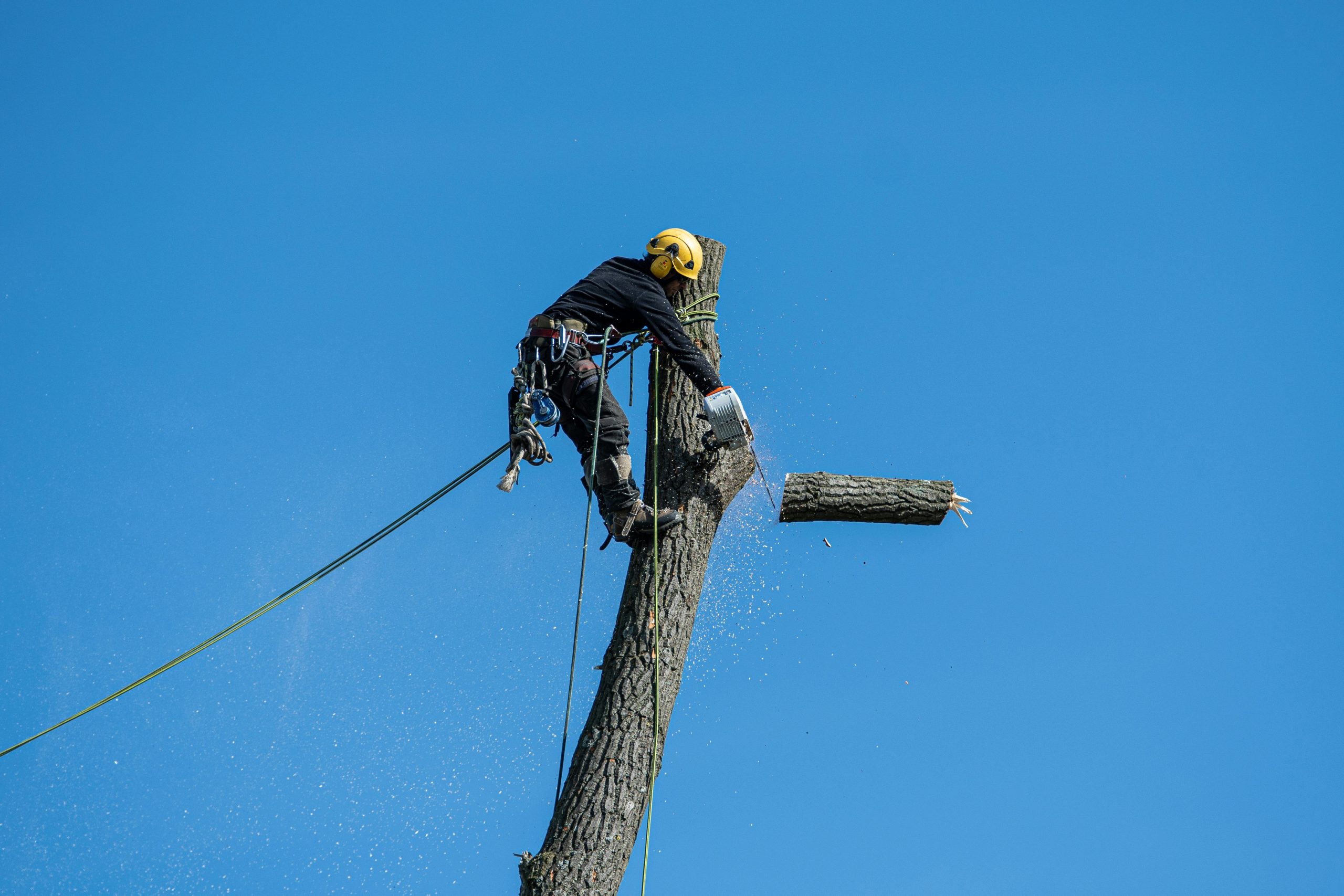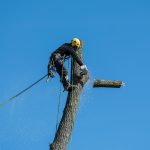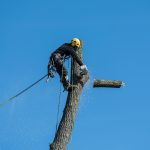Becoming a qualified tree surgeon opens doors to a hands-on career that blends physical skill with environmental care. Understanding essential certifications, practical training routes, and safety requirements helps you navigate each step confidently. Whether you seek apprenticeships, college courses, or professional development, clear guidance on qualifications sets the foundation for success in this vital, outdoor profession.
Qualifications and Certifications for Aspiring Tree Surgeons
Tree surgeon qualifaction are essential to establish credibility, ensure safety, and meet industry standards. Key certifications include the Royal Forestry Society Certification in Arboriculture, City & Guilds NPTC awards, and the International Society of Arboriculture (ISA) credentials.
Also to see : Discover top bristol landscaping services for your outdoor space
These qualifications focus on critical skills, such as chainsaw operation, aerial rescue, and safe tree felling. The NPTC certification, for example, verifies competence in chainsaw maintenance and use, which is fundamental for safety and efficiency.
Many training providers offer recognized courses and diplomas—such as the DTE Academy Qualified Arborist Suite—that align with UK standards for tree care. Practical assessments and continuous professional development (CPD) keep skills current and compliant.
Also read : Transform your outdoor space with expert bristol landscaping
Professional bodies, like the Royal Forestry Society and ISA, play vital roles in setting certification standards.
Training Pathways and Educational Options
Formal Education and College Courses
UK standards for tree care qualifications emphasize a strong foundation in tree biology, pest and disease management, and essential safety procedures. Accredited programs for tree surgery training, such as T Levels in Agriculture and foundation degrees, require a minimum of 1–3 A levels or their equivalent. Practical skills assessment for tree surgeons occurs throughout these structured courses, ensuring both theoretical knowledge and hands-on competence. These college pathways are highly regarded for facilitating career advancement and meeting certification requirements for arborists, providing clear routes into becoming a certified arborist.
Apprenticeships and On-the-Job Training
Apprenticeship options in arboriculture, including the Level 2 Intermediate Arborist and Level 3 Advanced Forest Craftsperson, blend paid, real-world experience with formal instruction. Apprenticeships reflect the core of essential skills for tree care professionals, from workplace hazard assessments for tree surgeons to direct mentorship by seasoned experts. The UK arborist qualification frameworks support these, guaranteeing continuous professional development in tree surgery.
Recognized Certifications and Skill Assessments
Courses like NPTC certification importance in tree surgery signify mastery in chainsaw operation and aerial work. Required safety training for tree surgeons extends to emergency response and rescue operations. Ongoing CPD courses for maintaining arboricultural credentials allow professionals to stay current and safe, supporting career progression while ensuring recognized tree surgeon courses and diplomas are up-to-date and widely respected by employers.
Legal, Safety, and Regulatory Requirements
Mastering certification requirements for arborists is vital to comply with health and safety regulations in tree surgery. Anyone performing tree work, especially on large or protected trees, should check if tree surgery license and permit requirements apply before operations begin. Authorities in the UK often require site-specific tree surgery license and permit requirements for felling protected species or trees in conservation areas, with penalties for non-compliance.
Safety Training and Equipment
Required safety training for tree surgeons starts with fundamental courses that cover hazard awareness, equipment handling, and first aid. Familiarity with essential tools knowledge for tree care experts—such as chainsaws, climbing rope, and harness systems—is expected. Health and safety regulations in tree surgery set mandatory Personal Protective Equipment (PPE) standards, including helmets, eye and ear protection, and anti-cut gloves. Regular safety audits, reinforced by practical skills assessment for tree surgeons, ensure workplace risks are minimized. Risk assessments should be embedded in daily workflows, as recommended by UK standards for tree care qualifications.
Licensing, Permits, and Insurance
Work involving substantial pruning, removal, or dealing with trees under preservation orders frequently triggers tree surgery license and permit requirements. Adequate insurance—covering public liability and professional indemnity—is essential for all tree care professionals. Legal responsibilities of certified tree surgeons also encompass maintaining compliance with heritage and environmental legislation, upholding industry reputation and client trust.
Skills, Experience, and Professional Development
To succeed in tree care, mastering essential skills for tree care professionals forms the backbone of competence and safety. Precision and stamina are imperative, especially when handling aerial tasks or operating chainsaws. Rigorous certification requirements for arborists ensure practitioners know UK standards for tree care qualifications, all of which heavily emphasize hands-on proficiency and safety.
Practical Skills and Assessments
Practical skills assessment for tree surgeons covers real-world climbing, rigging, and effective use of arboricultural equipment. Volunteering or an apprenticeship options in arboriculture are proven ways to gain the exposure needed for on-the-job mastery—an essential step before pursuing recognized tree surgeon courses and diplomas. Experience in practical tree work, such as aerial rescue or workplace hazard assessments for tree surgeons, directly supports safer, more responsive arboriculture.
Continuing Professional Development
Staying current involves CPD courses in areas like storm damage response, soil science, or managing tree diseases and pests knowledge. Ongoing learning, through accredited programs for tree surgery training or membership in professional bodies for tree surgeons, enhances both technical and soft skills. This commitment strengthens job prospects with professional tree surgery credentials and advances compliance with health and safety regulations in tree surgery.
Experience Versus Qualifications
A balanced portfolio—combining both qualifications versus experience for tree surgeons—is highly valued. Many employers prefer candidates who blend formal certificates (e.g., NPTC certification importance in tree surgery) with direct field experience. This well-rounded approach bolsters a tree care expert’s capacity to diagnose, communicate, and adapt on the job.
Employment Opportunities and Career Advancement
The job prospects with professional tree surgery credentials are strong, as accredited programs for tree surgery training set up graduates for diverse roles. With proper certification requirements for arborists, individuals can become trainees, climbers, or even step into supervisory positions and contracting roles. Typical work environments cover urban streets, public parks, and large woodland sites, illustrating the scope of practice for certified tree surgeons.
There are multiple career advancement through higher qualifications options. Ambitious tree care professionals may eventually manage their own businesses or transition into specialized consultancy and leadership within the sector. This is especially relevant as UK standards for tree care qualifications evolve, and government regulations for tree surgery qualifications reinforce the need for continuous professional development in tree surgery.
The practical skills assessment for tree surgeons and qualifications for aerial rescue in tree surgery are increasingly important, particularly in urban development, storm response, and roles dealing with environmental sustainability training for arborists. Holders of advanced tree surgeon accreditation bodies recognition enjoy expanded job duties aligned with qualifications, including managerial oversight, advanced climbing, and complex risk assessments, further enhancing salaries and sector stability.













